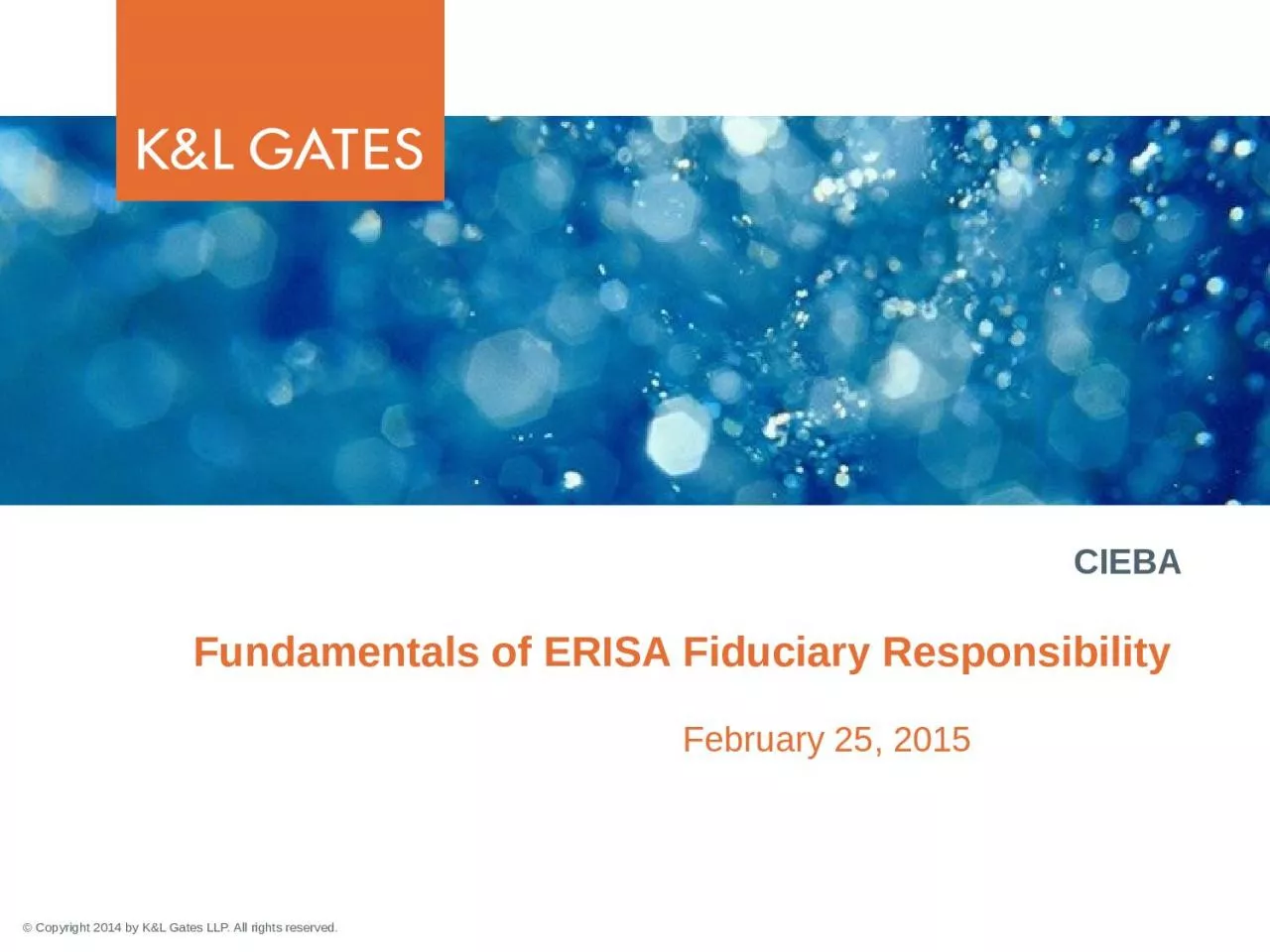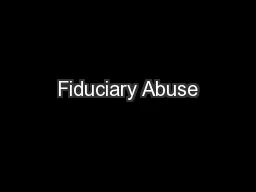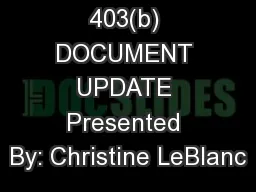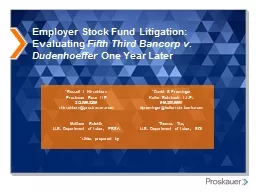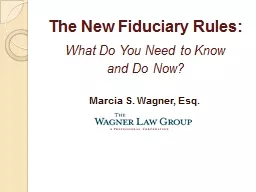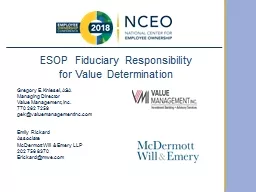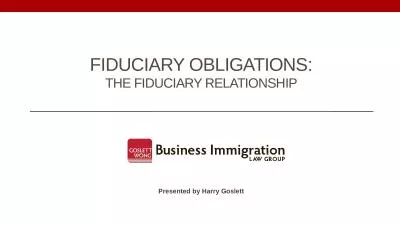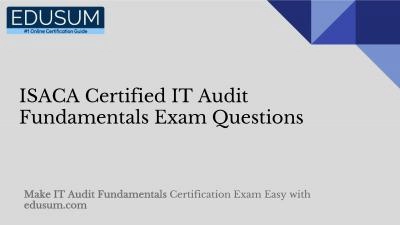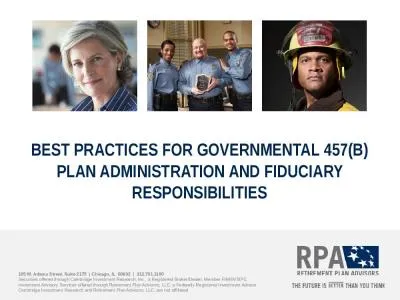PPT-Fundamentals of ERISA Fiduciary Responsibility
Author : Dragonfruit | Published Date : 2022-08-02
February 25 2015 CIEBA A brief history of ERISA Statute enacted September 2 1974 in response to Congressional concern over mismanagement and misappropriation
Presentation Embed Code
Download Presentation
Download Presentation The PPT/PDF document "Fundamentals of ERISA Fiduciary Responsi..." is the property of its rightful owner. Permission is granted to download and print the materials on this website for personal, non-commercial use only, and to display it on your personal computer provided you do not modify the materials and that you retain all copyright notices contained in the materials. By downloading content from our website, you accept the terms of this agreement.
Fundamentals of ERISA Fiduciary Responsibility: Transcript
Download Rules Of Document
"Fundamentals of ERISA Fiduciary Responsibility"The content belongs to its owner. You may download and print it for personal use, without modification, and keep all copyright notices. By downloading, you agree to these terms.
Related Documents

